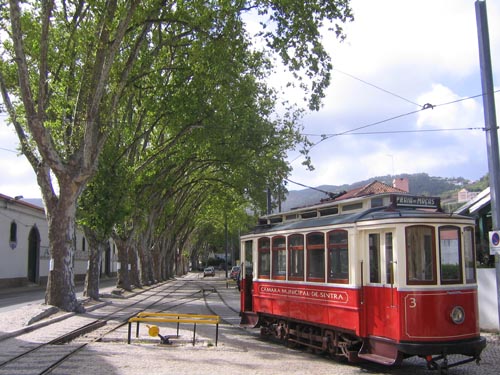Cultural Landscape of Sintra

In the 19th century Sintra became the first centre of European Romantic architecture. Ferdinand II turned a ruined monastery into a castle where this new sensitivity was displayed in the use of Gothic, Egyptian, Moorish and Renaissance elements and in the creation of a park blending local and exotic species of trees. Other fine dwellings, built along the same lines in the surrounding serra, created a unique combination of parks and gardens which influenced the development of landscape architecture throughout Europe.
The first site to be inscribed as a cultural landscape, it raised several new issues of protection, conservation and management due to its diverse typology and integration in a territory on which the proximity of Lisbon and Cascais and the growing economic activities of all types put a severe pressure and increased tensions.
In 2006, the Municipality of Sintra commissioned GAIA-heritage to evaluate and modernize the use of the World Heritage site and to devise proposals to better integrate the site and its role in the regional economy. The work took place in two stages:
1- A period of surveys, documentation, interviews and field work in Sintra, Lisbon and abroad to assess the visibility and uniqueness of the site and its international reputation in the tourism market;
2- An exhaustive study on Sintra – conservation and presentation of the monuments, management of tourism, services, structure of the responsibilities, spread of tourism in the region, regional planning and programmes including an evaluation of Sintra’s image and its communication strategy, leading to:
- Strategic proposals to better integrate the heritage values and uses of the site in the overall regional development plan of Sintra;
- A revision of the management of the World Heritage site, of its boundaries and of the limits of its buffer zone and transition zone;
- A set of detailed proposals and strategic guidelines to improve the management of tourism and to better connect the flows of visitors to the site with the potentials of the region; particular attention was given to improving retention in and returns to the region.
Please click here for the Report on interaction between economy, culture and tourism in Sintra (in French).